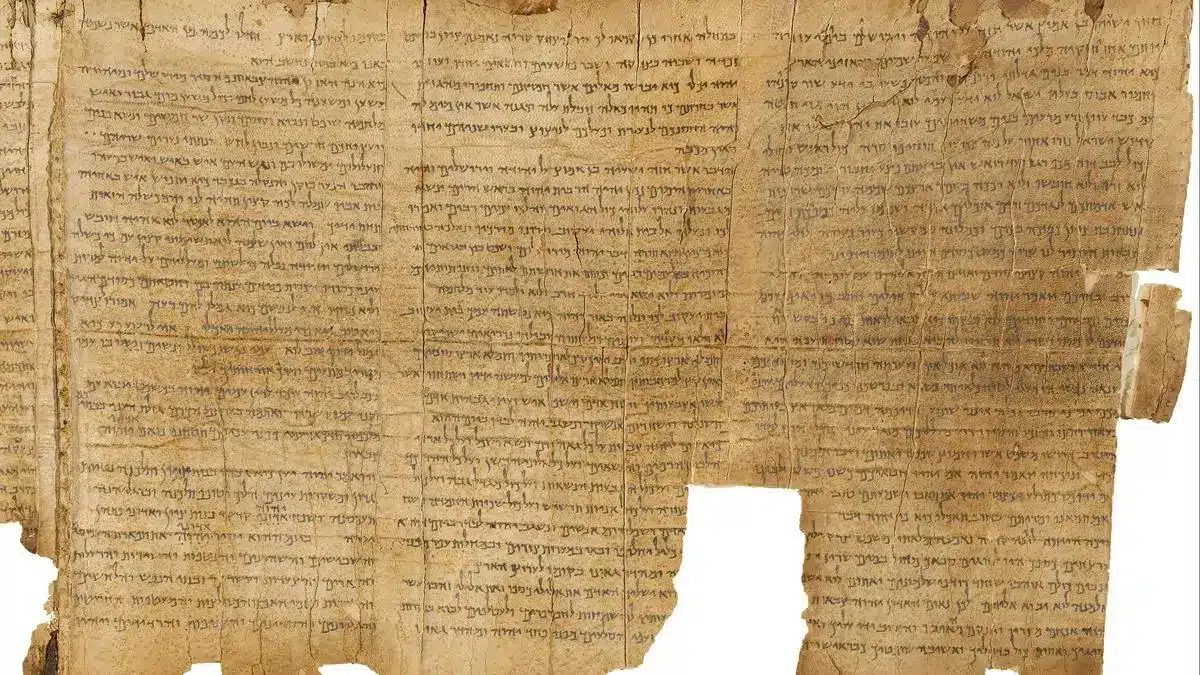About Radiocarbon dating
- Dating is a method by which the age of an object can be determined. Radiocarbon dating refers to a method that does this using radiocarbon, a name for the isotope carbon-14.
- How does carbon-14 form?
- It is created in the earth’s atmosphere when cosmic rays – energetic streams of charged particles coming from sources in outer space – slam into the atoms of the gases and release neutrons.
- When these neutrons interact with the nitrogen-14 nitrogen isotope, they can produce carbon-14.
- Since cosmic rays are ceaselessly passing through the earth’s atmosphere, carbon-14 is created constantly there.
- It is readily combined with atmospheric oxygen to form radioactive carbon dioxide.
- This compound then enters the bodies of plants (via photosynthesis), animals (when they consume plants), and other biomass through the carbon cycle.
- It is in the form of carbon dioxide and other carbon compounds, would have to be able to diffuse into the earth’s various ecosystems such that the concentration of carbon-14 in the atmosphere was comparable to the concentration of carbon-14 in the planet’s other biospheres.
How does radiocarbon dating work?
- When an organic entity – like the human body – is ‘alive’, it constantly exchanges carbon with its surroundings by breathing, consuming food, defecating, shedding skin, etc.
- Through these activities, carbon-14 is both lost from the body as well as replenished, so its concentration in the body is nearly constant and in equilibrium with its surroundings.
- When this individual dies, the body no longer performs these activities and the concentration of carbon-14 in the body begins to dwindle through radioactive decay.
- The more time passes, the more the amount of carbon-14 lost, and the less there will remain. This decay rate can be predicted from theory.
- Radiocarbon dating dates an object by measuring the amount of carbon-14 left, which scientists and/or computers can use to calculate how long ago the body expired.
- The modern radiocarbon dating setup is more sophisticated and one of the most sensitive dating setups uses accelerator mass spectrometry (AMS), which can work with organic samples as little as 50 mg.
Q1) What are Isotopes?
Atoms with the same number of protons but different numbers of neutrons are called isotopes. They share almost the same chemical properties, but differ in mass and therefore in physical properties. There are stable isotopes, which do not emit radiation, and there are unstable isotopes, which do emit radiation.
Last updated on December, 2025
→ Check out the latest UPSC Syllabus 2026 here.
→ Join Vajiram & Ravi’s Interview Guidance Programme for expert help to crack your final UPSC stage.
→ UPSC Mains Result 2025 is now out.
→ UPSC Notification 2026 is scheduled to be released on January 14, 2026.
→ UPSC Calendar 2026 is released on 15th May, 2025.
→ The UPSC Vacancy 2025 were released 1129, out of which 979 were for UPSC CSE and remaining 150 are for UPSC IFoS.
→ UPSC Prelims 2026 will be conducted on 24th May, 2026 & UPSC Mains 2026 will be conducted on 21st August 2026.
→ The UPSC Selection Process is of 3 stages-Prelims, Mains and Interview.
→ UPSC Result 2024 is released with latest UPSC Marksheet 2024. Check Now!
→ UPSC Prelims Result 2025 is out now for the CSE held on 25 May 2025.
→ UPSC Toppers List 2024 is released now. Shakti Dubey is UPSC AIR 1 2024 Topper.
→ UPSC Prelims Question Paper 2025 and Unofficial Prelims Answer Key 2025 are available now.
→ UPSC Mains Question Paper 2025 is out for Essay, GS 1, 2, 3 & GS 4.
→ UPSC Mains Indian Language Question Paper 2025 is now out.
→ UPSC Mains Optional Question Paper 2025 is now out.
→ Also check Best IAS Coaching in Delhi

















